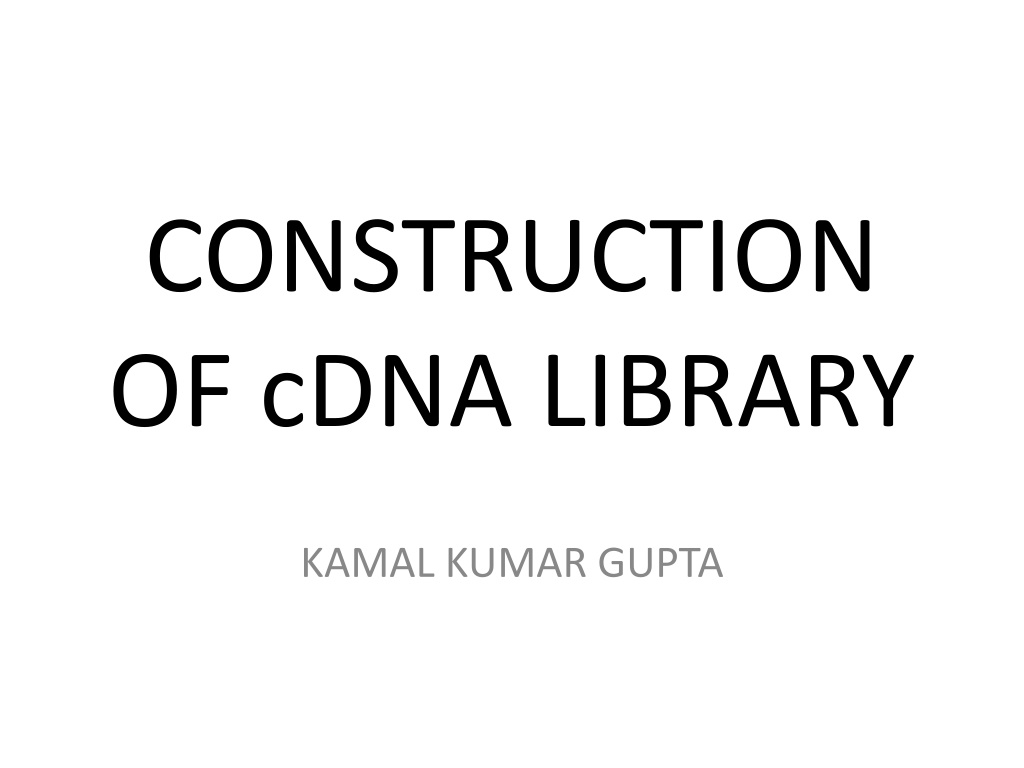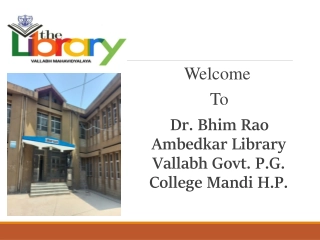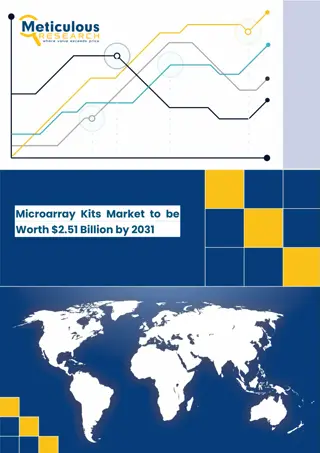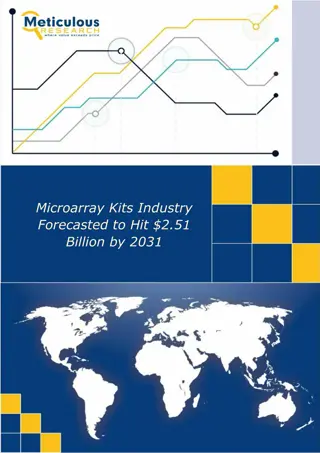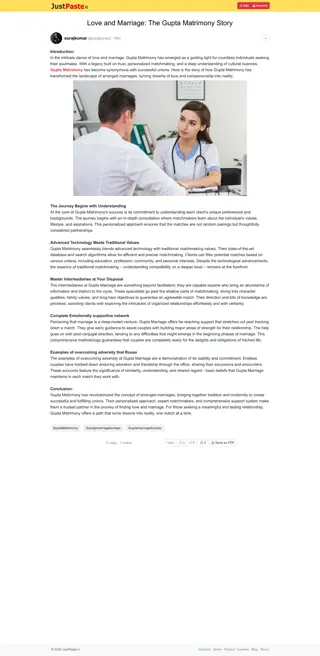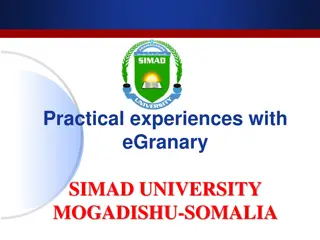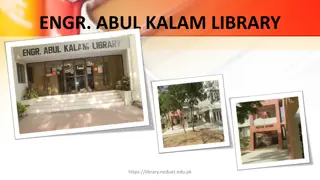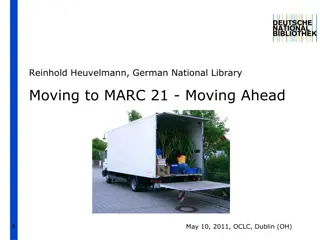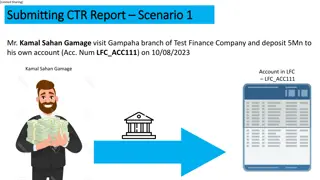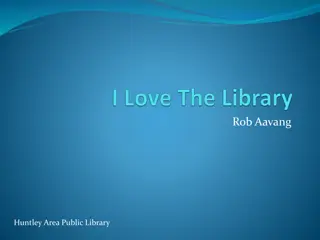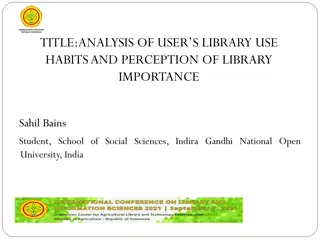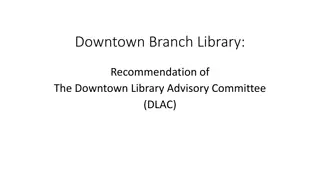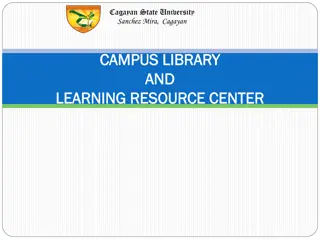Understanding the Construction of cDNA Library by Kamal Kumar Gupta
cDNA library construction involves isolating mRNA, converting it to cDNA using reverse transcriptase, and synthesizing a complementary DNA strand. The resulting library is enriched with actively transcribed gene fragments, making it valuable for eukaryotic gene analysis. However, cDNA libraries lack introns and sequences altered post-transcription, limiting their representation of the entire genome.
Download Presentation

Please find below an Image/Link to download the presentation.
The content on the website is provided AS IS for your information and personal use only. It may not be sold, licensed, or shared on other websites without obtaining consent from the author. Download presentation by click this link. If you encounter any issues during the download, it is possible that the publisher has removed the file from their server.
E N D
Presentation Transcript
CONSTRUCTION OF cDNA LIBRARY KAMAL KUMAR GUPTA
cDNA LIBRARY A library consisting only of those DNA sequences that are transcribed into mRNA . This is because all DNA in this library is complementary to the mRNA.
A special column contains short oligo (dT) chains linked to cellulose. mRNAs have poly (A) tails. Total cellular RNA is isolated from cell and passed through the column. The poly (A) tails of mRNA molecules pairs with the oligo (dT) chains and the mRNA is retained in the column whereas the rest of the RNA passes through. The mRNA can then be washed from the column by adding a buffer that breaks the hydrogen bonds between the poly(A) tails and the oligo(T) chains leaving only mRNA with poly(A) tails.
HOW mRNA CONVERT DOUBLE STRANDED cDNA ?
mRNA molecule copied into cDNA by reverse trancriptase. Short Oligo (dT) primers are added which anneal to the poly(A) tails of the mRNA and provide 3 - OH groups for DNA synthesis Reverse trancriptase synthesizes a DNA strand by using the mRNA as a template. The RNA-DNA hybrid molecule is briefly treated with RNase , which partly digests the RNA strand.
DNA polymerase is used to synthesise the second DNA strand by using short undigested RNA pieces as primers and the nicks in the sugar-phosphate backbone are sealed by DNA ligase.
ADVANTAGES It is enriched with fragments from actively transcribed gene. Intron do not interrupt the cloned sequences. cDNA libraries are very useful for eukaryotic gene annalysis.
DISADVANTAGES It contains only those sequences that are present in mature mRNA. Introns and any other sequences that are altered after transcription are not present ; sequences such as promotors and enhancers that are not transcribed into RNA are not present in cDNA library.
No cDNA library was made from prokaryotic mRNA. Prokaryotic mRNA is very unstable Genomic libraries of prokaryotes are easier to make and contain all the genome sequences.
AN IMPORTANT NOTE cDNA library represents only those gene sequences expressed in the tissue from which the RNA was isolated. Frequency of a particular DNA sequences in the cDNA library depends on the abundance of corresponding mRNA in the given tissue.
